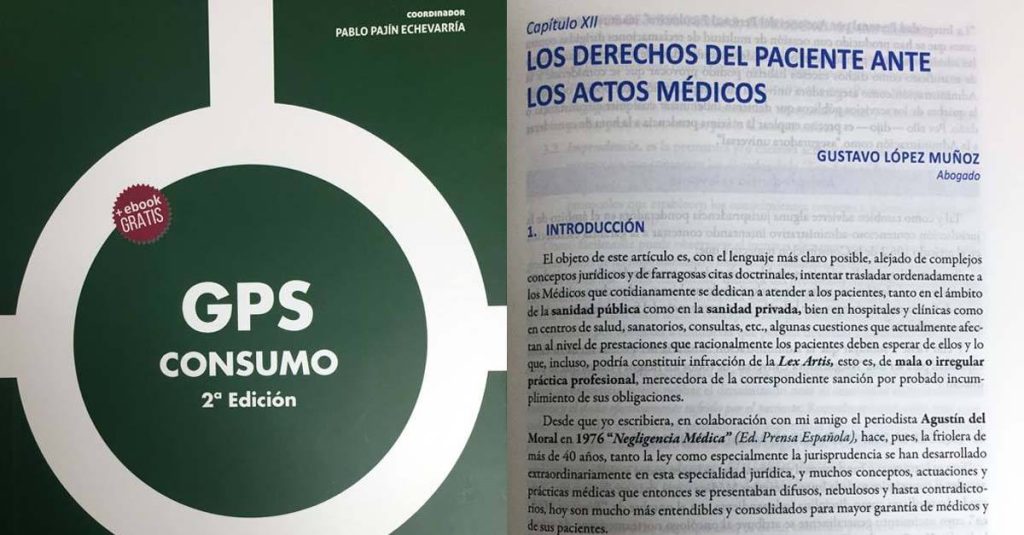Solutions to conflict of partners: the right of separation

Solutions to partner conflicts: the partner’s right to separate
Shareholder conflicts affect the minority partner to a greater extent. As the latter is left in a disadvantaged position, the majority partners can approve agreements to limit the participation of the minority partner in the life of the company.
You can be deprived of your status as an administrator, director or employee. They can prevent you from continuing to receive financial compensation of any kind by adopting the necessary changes. And they can even reduce or suspend the distribution of dividends so that the minority partner does not benefit from the company’s income.
This situation, relatively frequent in companies, also offers solutions for the partners most affected by a conflict or anger between partners.
Approach to a specific case
The following is a real case of partner conflict that was resolved favorably for our client by exercising the partner’s separation right. We will explain the specific problem that affected this businessman, derived from a conflict with his partners. He had a third of the capital, and when he fell out with the other two partners he was left in a minority.
The company was a limited liability company. The three partners, who had become members of the Board of Directors, participated in equal shares in the share capital. Our client worked full time in the company, for which work he received a salary as an employee of the company.
The majority partners made the decision to fire our client, preventing him from continuing to provide his services in the company. That was his livelihood and his partners did without him. Shortly after the dismissal, the general meeting agreed with the votes of the other two partners to change the management body, the company becoming governed by a single administrator instead of the board of directors in which our client had been participating.< /p>
After the dismissal of our client, the strategy followed by the rest of the partners, taking advantage of their majority of capital, consisted of a disproportionate increase in their payroll remuneration.
As a consequence of this policy, the company’s annual income statements did not show more than a small profit that, moreover, was never distributed, always going to reserves. In short, those who controlled the course of the company with their majority of votes came distributing practically all the surplus obtained with the social business for their exclusive benefit.
Through exorbitant remuneration of their own, set by themselves, they had diverted the benefit of the company to their private assets. In this way they prevented our client from obtaining a profit for his participation in the capital stock for several years.
Having been removed from company management after his cessation as a member of the Board of Directors, he was prevented from participating in the management of the company and accessing daily information from the same. And likewise, when he was fired from him, he was prevented from contributing his personal work and from even obtaining a salary that constituted his livelihood. He was even prevented from accessing the company’s premises.
By subsequent agreement of the general meeting of partners, the bylaws were changed to establish the position of administrator as paid, in order to obtain one of the majority partners a higher income, and consequently less benefit for society.
Our client made repeated protests to the other two partners. All of them were ignored, the latter maintaining their exclusive attitude to seek their greatest personal benefit.
Implementation of the solution
Finding himself in this situation of partner conflict, our client exercised under our advice the right recognized in his favor by art. 348 Bis of the Companies Law de Capital to separate from the company and demand the reasonable price of its shareholding.
It is the well-known “partner separation right” that our client exercised as a partner holding shares representing 33 percent of the company’s capital, that is, one third of the capital.
To carry out the exercise of this right, we prepare the previous strategy in our office to achieve the desired objective. Subsequently, at the Ordinary General Meeting of the company’s partners, held at the time of deciding on the approval of the accounts and the application of the result, our client voted against the Sole Administrator’s proposal for application to reserves, requesting that it be distributed between the partners the capital allocated to said reserve fund.
The confluence of votes from the other two partners who made up a two-thirds majority of the votes led to the approval of the proposal against our client’s request.
This decision opened the door for us granted by article art. 348 bis of the Capital Companies Law to exercise the partner’s separation right, which we have already analyzed in greater detail in our article Partner’s right of separation.
Result of the exposed case
The majority partners had no choice but to allow the separation of the minority partner, which consists of the forced sale of their shares at market price.
In the above case, our client obtained a fair price for his shares through the courts, which resulted in the income of a significant amount of money. It must be taken into account that the price that must be paid for the shares of the partner who exercises the right of separation must coincide with the real market price.
Additionally, our labor law department defended this same client in a claim for severance pay. As we have explained, the minority partner was an employee of the company because he worked full time in it, and had been fired by decision of the other two partners. Said procedure was resolved favorably with additional compensation for our client.
Every situation is different and the best solution to partner conflicts differs. In our article Solutions to conflicts between business partners We mentioned other types of solutions, although all of them must be assessed according to the specific case and under the study of a specialized team.
José Luis Casajuana Ortiz
Partner at J. L. Casajuana and head of the international area
12/28/2018



















